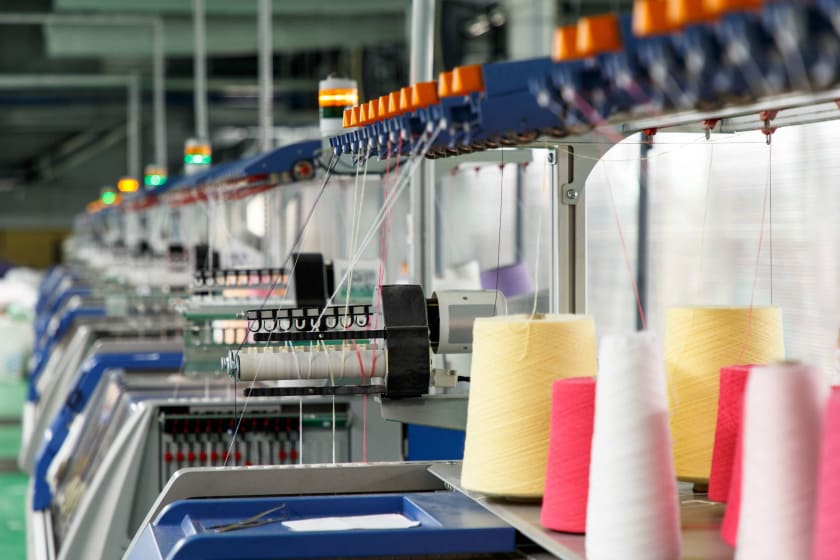Indigo Dyeing Products - Natural & Sustainable Indigo Color Solutions
The Art and Science of Dyeing with Indigo
Indigo dyeing is a fascinating blend of art and science, steeped in history and cultural significance. This ancient technique, which dates back thousands of years, has been utilized worldwide to create vibrant blue textiles. The allure of indigo lies not just in its striking color, but also in the intricate processes involved in creating indigo-dyed products.
The Art and Science of Dyeing with Indigo
The dyeing process is both artful and meticulous. Fabrics must be prepared before dyeing, typically through scouring to remove any impurities and allow the indigo to adhere better. After preparation, items such as cotton or silk are submerged in the indigo vat, which is often a deep, murky green due to the presence of reduced indigo. When the fabric is removed from the vat, it undergoes oxidation as it is exposed to air, revealing the striking blue hue that indigo is renowned for. This color deepens with each successive dip, allowing artisans to achieve the desired shade.
dyeing with indigo products

Indigo dyeing is not just a practical endeavor; it is also a cultural expression. Many communities around the world have traditions surrounding indigo dyeing that reflect their local heritage. In Japan, for instance, the art of shibori, a tie-dye technique, creates intricate patterns while showcasing the beauty of indigo. In West Africa, vibrant indigo textiles often decorate ceremonial garments, symbolizing richness and cultural identity. These traditions highlight not only the aesthetic aspect of indigo dyeing but also its role in storytelling and community bonding.
Sustainability is another crucial aspect of indigo products that deserves attention. As the fashion industry increasingly shifts towards sustainable practices, indigo dyeing often comes into focus. Natural indigo, in contrast to synthetic counterparts, is generally less harmful to the environment. Furthermore, many artisans and brands are now adopting eco-friendly practices, such as using organic cotton and reusable indigo vats, as part of efforts to reduce their ecological footprint. By emphasizing the use of natural materials and traditional techniques, indigo-dyed products can contribute to a more sustainable fashion landscape.
Moreover, the resurgence of interest in slow fashion has revived indigo dyeing, leading contemporary designers to collaborate with skilled artisans to produce unique pieces. These collaborations not only preserve the ancient techniques of dyeing but also promote fair trade practices and the livelihoods of artisans worldwide.
In conclusion, dyeing with indigo is much more than a method of coloring fabrics. It is an intricate interplay of culture, artistry, and sustainability that continues to adapt and thrive in our modern world. Whether used in traditional garments or contemporary fashion, the indigo dye continues to inspire and captivate, serving as a bridge between past and future.
-
The Timeless Art of Denim Indigo Dye
NewsJul.01,2025
-
The Rise of Sulfur Dyed Denim
NewsJul.01,2025
-
The Rich Revival of the Best Indigo Dye
NewsJul.01,2025
-
The Enduring Strength of Sulphur Black
NewsJul.01,2025
-
The Ancient Art of Chinese Indigo Dye
NewsJul.01,2025
-
Industry Power of Indigo
NewsJul.01,2025
-
Black Sulfur is Leading the Next Wave
NewsJul.01,2025

Sulphur Black
1.Name: sulphur black; Sulfur Black; Sulphur Black 1;
2.Structure formula:
3.Molecule formula: C6H4N2O5
4.CAS No.: 1326-82-5
5.HS code: 32041911
6.Product specification:Appearance:black phosphorus flakes; black liquid

Bromo Indigo; Vat Bromo-Indigo; C.I.Vat Blue 5
1.Name: Bromo indigo; Vat bromo-indigo; C.I.Vat blue 5;
2.Structure formula:
3.Molecule formula: C16H6Br4N2O2
4.CAS No.: 2475-31-2
5.HS code: 3204151000 6.Major usage and instruction: Be mainly used to dye cotton fabrics.

Indigo Blue Vat Blue
1.Name: indigo blue,vat blue 1,
2.Structure formula:
3.Molecule formula: C16H10N2O2
4.. CAS No.: 482-89-3
5.Molecule weight: 262.62
6.HS code: 3204151000
7.Major usage and instruction: Be mainly used to dye cotton fabrics.

